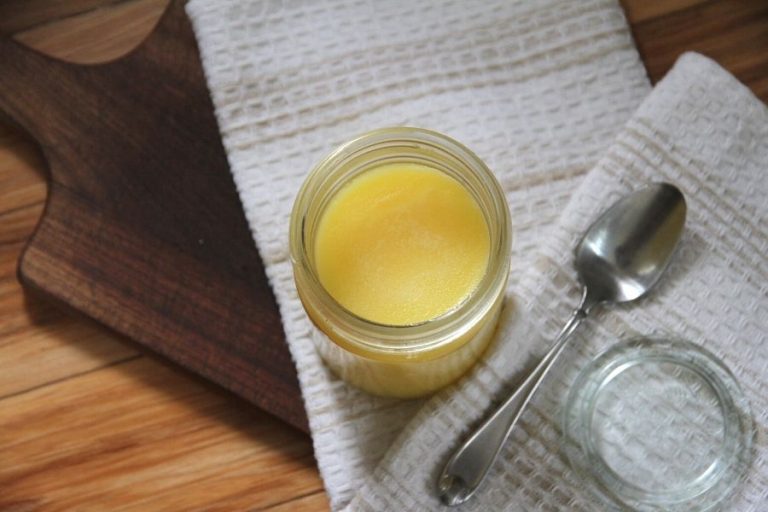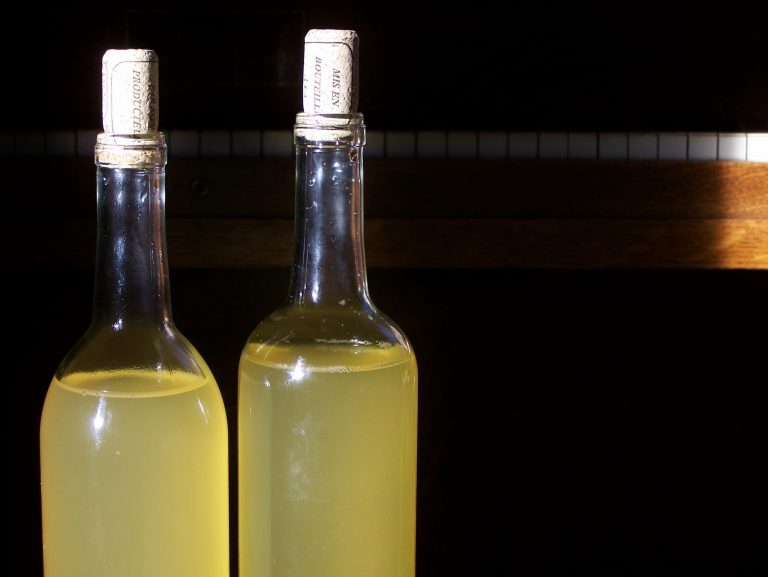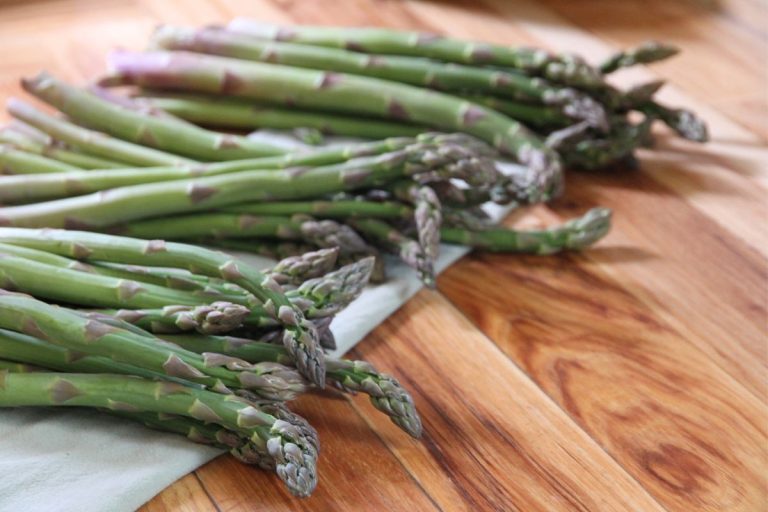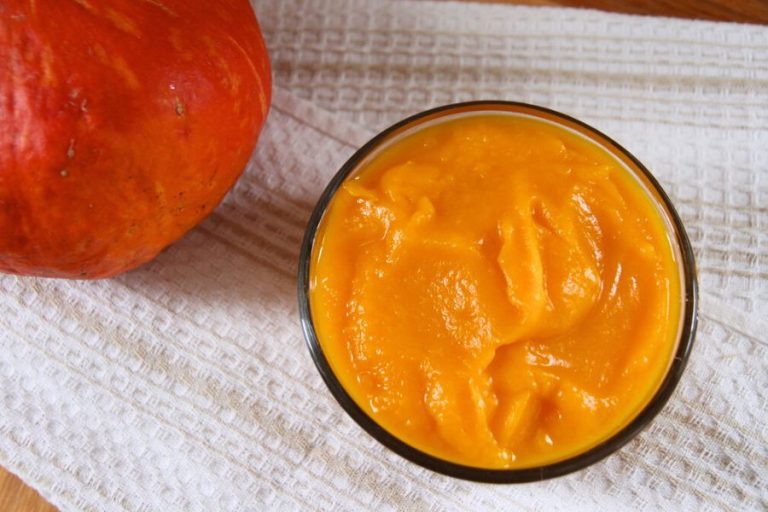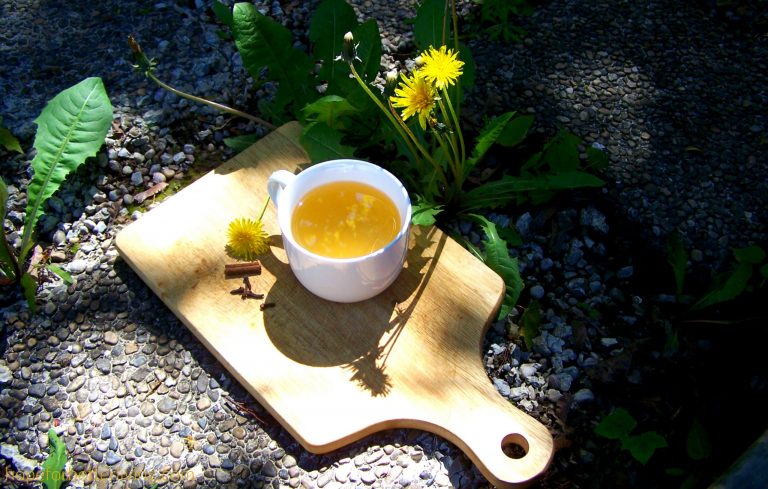How to Prevent Rust on Cast Iron Cookware
Learn to take care of your cast iron cookware, so it stays in good condition and doesn't form rusty spots!

Cast iron is just about my favorite cookware to use in the kitchen. It's tough, durable, and lasts a lifetime if you treat it right.
Remember the days of Teflon coated pans, how the finish would eventually peel off and the entire pan would end up in the garbage?
Not so with traditional iron cookware!
If the finish on your cast iron pan or dutch oven wears down, you can easily create another nonstick finish through a simple seasoning process. This process can be repeated as often as you need it, though usually 1x a year is sufficient!
Cast iron cookware is tough (which is why I love it), historical cookware that is nearly impossible to destroy in the kitchen.
But there is one thing you have to be aware of when using it.
Because it's made of porous iron, cast iron cookware does rust if water is allowed to sit on the walls or cooking surface for too long.
The good news is, there are lots of ways you can avoid rust, primarily by handing your cast iron the right way!
Here are some of the best ways to to keep your cast iron in excellent condition, so it doesn't develop stubborn rust spots.
6 Simple Steps to Prevent Rust
Maintain the Nonstick Surface on Your Cast Iron Products
Cast iron is technically raw iron. Most companies will put a light seasoning on their cast iron, before a customer purchases it.
From there, you have to maintain a oil or fat based finish that seals the iron and forms a protective layer. This protective coating will wear down over time, so seasoning your cast-iron pan 1x a year is a good idea for a nonstick surface and rust prevention.
I give you a quick overview on how to season cast iron below.
But if you're totally new to cast iron, be sure to check out my full article and video tutorial on how to season cast iron for a non-stick finish.
- Heat your oven to a high temperature (350-400F).
- Take a dutch oven or cast-iron skillet and gently warm it in the oven.
- Use an oven mitt to remove the warm pan.
- Apply a thin layer of oil or fat (I give you a list of the best fats and oils for seasoning cast iron here).
- Use paper towel to wipe up excess oil, so the pan looks shiny and wet, but not puddled.
- Flip the pan upside down and bake for 2-3 hours, or until the oil "dries" and loses the shiny look.
- Repeat the process 1-2 more times, if needed.

A good, nonstick finish is probably the #1 thing that will prevent rust. But here are a few more tips that will help you out in this regard.
Don't Store Acidic Foods in Your Cookware
It's safe to cook acidic food (like tomato products or lemon-based recipes) in cast iron. But don't leave it there. Always transfer your food to another container for refrigeration, so the acid doesn't wear down your nonstick finish.
Wash cast iron in hot water (or you can use soapy water), to remove acidic food particles and preserve the finish.

Thoroughly Dry Cast Iron After Washing
There are many different ideas out there on how to properly clean cast iron (hot water with soap, warm water no soap, cold water and salt...it's endless!).
If you want to avoid rust, the key thing is to dry it well. Air drying cast iron in a dish rack is ok, but I prefer to use a tea towel immediately after washing.
The key is...don't let water sit in your skillet for long term.

Apply a Light Layer of Oil After Washing
After your cast iron cookware is dry, go ahead and apply a light layer of fat or oil to the surface. Oil will help prevent rust and protect the iron.
Avoid Stacking Other Cookware with Cast Iron
It's common to stack cast iron skillets or bread pans together. And actually, I'd recommend this to maximize storage space, particularly if you have a small kitchen!
If you do decide to stack other dishes with cast iron (like a pie or casserole dish), make sure they are bone dry. It just takes a drop of water to cause rust!
Store Cast Iron in a Dry Place
Keep your cast iron in a dry place. Avoid spots where there might be lingering moisture (above the kitchen stove, under the kitchen sink or below a countertop water filter).
How to Deal with Light Rust
If you pull out your cookware and discover you have a few spots of rust on your cast iron surface...don't worry! It happens to everyone at some point. It's easy to remove iron oxide.

Option 1
You can re-season your cast iron in the oven, using the directions I outlined above. Provided you have time, that is! When I discover rust on my cookware, it's usually because I pulled it out and need to use it...now.
Option 2
Give your pan a temporary seasoning by applying some oil while heating the pan on the stovetop. It's ok if the oil smokes a bit!

Use an oven mitt and paper towel to wipe the surface of your pan numerous times. This will deal with a little surface rust.
But if you have a truly rusty cast iron skillet or dutch oven, you're going to need lots of elbow grease before you try seasoning or heating the cookware.
But that? That's another article for another day!
Read More on Cast Iron Cookware
How to Clean a Cast Iron Dutch Oven
Best Fats and Oils for Seasoning Cast Iron Cookware
